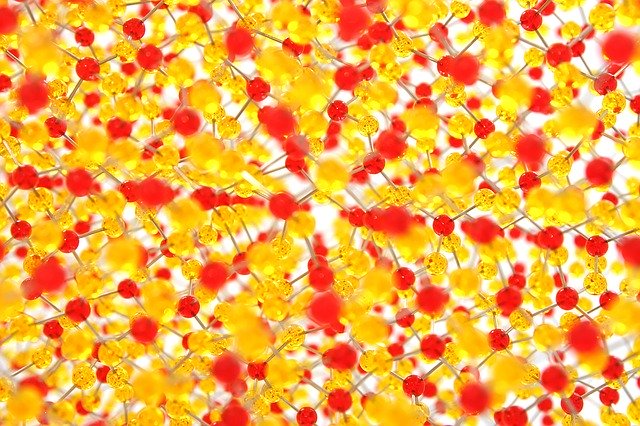
When the Royal Swedish Academy of Sciences awarded the Nobel Prize in Physics 2016 to David Thouless, Duncan Haldane and Michael Kosterlitz, they lauded the trio for having “opened the door on an unknown world where matter can assume strange states”. Far from being an oddity, the discoveries of topological phase transitions and topological phases of matter – an extremely subtle phase change at microscopic level that produces singular electronic phenomena - to which the three theoreticians have contributed so crucially, has grown into one of the most active fields of research in condensed matter physics today. For the moment, topological materials hold the promise to improve the storage and transmission of data in electronic components and serve as platform for quantum computation.
The fundamental characteristic that determines whether a metal is topological or not is a property of the electrons that compose it known as the Chern number, which is zero for a conventional metal. This number, far from being a mathematical abstraction, determines the magnitude of various exotic electronic phenomena, so it is of great importance to know how large it can be in a material. In response to this question, an international group of researchers, which includes the Ikerbasque physicist from Donostia International Physics Center (DIPC) Maia García-Vergniory, and the Ikerbasque physicist from DIPC Fernando de Juan, contributes new relevant aspects in a study on palladium and gallium crystals (PdGa) published in Science.
"The crystals of PdGa are the ideal for the demonstration we had in mind: our calculations predicted clearly observable effects but very clean samples were needed that could not be obtained with other materials," argues DIPC researcher Maia García-Vergniory, in relation to the choice of this compound of palladium and gallium for the study. The experimental tests, in which the electronic structure has been determined by photoemission of electrons by means of synchrotron radiation, have been carried out using PdGa crystals at the large facilities of the Swiss Light Source (SLS) in Switzerland and the Diamond Light Source in the United Kingdom.
“Until now it has been impossible to demonstrate that a material could reach the maximum Chern number” Fernando de Juan points out. "With the precision of this experiment and the theoretical analysis that we do, we can assure that this is the first material where it occurs." In the case of PdGa crystal, the Chern number has reached a value of +4, the maximum possible.
The study has also revealed valuable information about the effect of chirality. Scientists have grown PdGa crystals with identical structures but opposite chiralities, and have been able to demonstrate that this change affects their electronic properties - specifically, the sign of the Chern number, which happens to be the opposite. In the future, the research group intends to continue studying the effect of chirality in other crystal structures and to analyze its relevance in catalysis processes and its possible correlation with topological properties.
The work has been led by Niels Schröter of the Paul Scherrer Institut (PSI) of Switzerland, and in addition to the Donostia International Physics Center and Ikerbasque, researchers from the Max Planck Institute for Physics-Chemistry of Solids (Germany), the Swiss Federal Institute for Materials, Science and Technology (EMPA), the Federal Polytechnic School of Lausanne (EPFL), the University of Oxford (United Kingdom), Diamond Light Source (United Kingdom) and the University of Illinois at Urbana-Champaign (United States) have participated.
For further information: DOI: 10.1126/science.aaz3480
.png)
